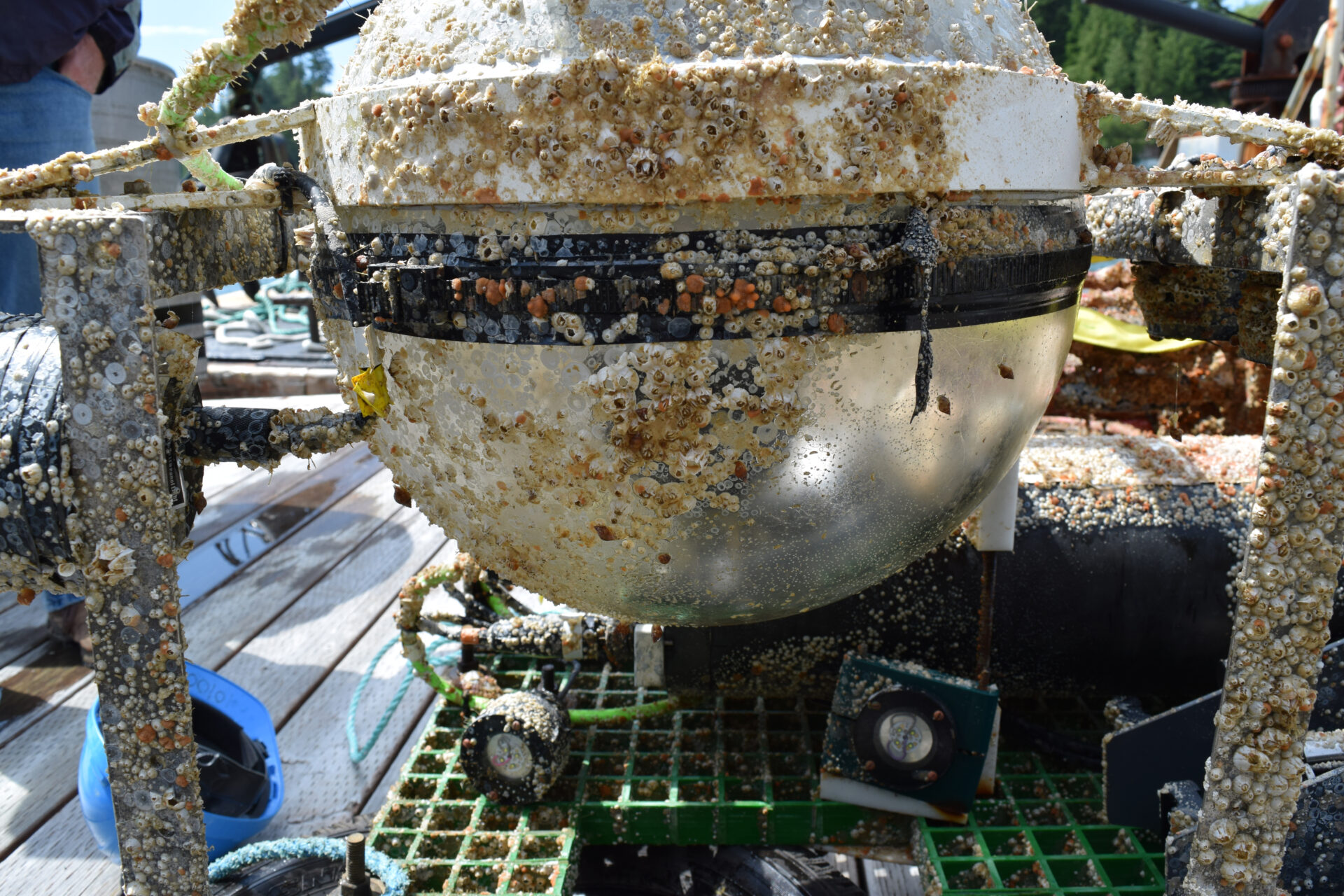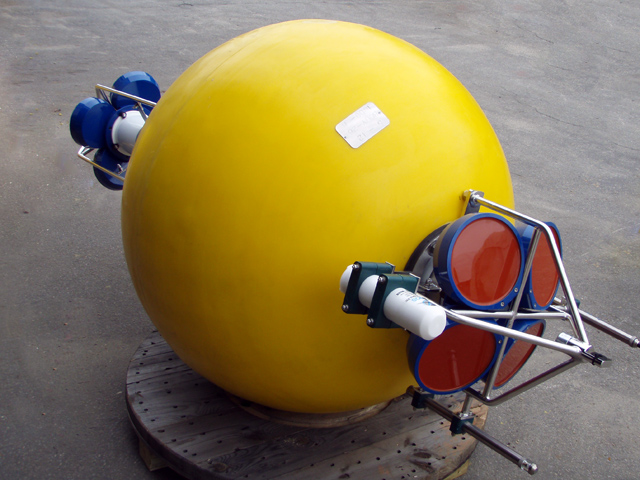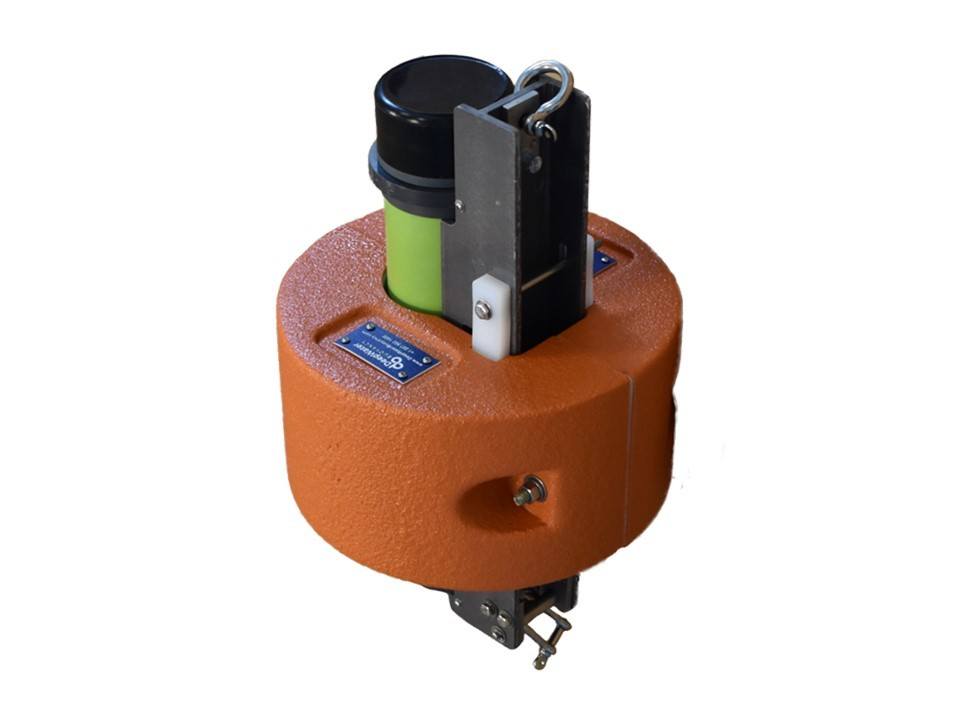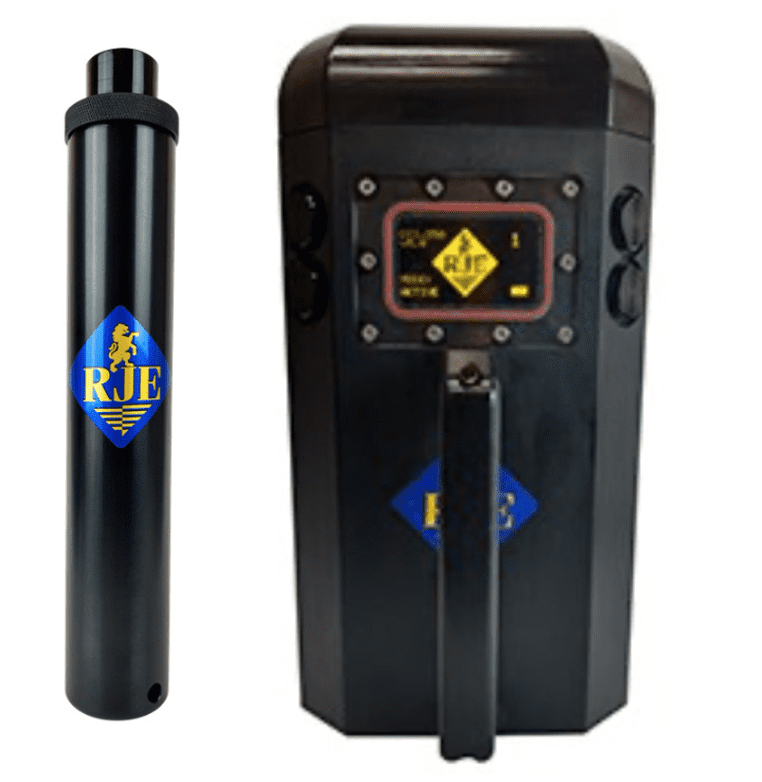BlueZone partners with over 50
world-leading original equipment
manufacturers and systems providers
AML Oceanographic UV Biofouling Control
Non-Toxic, Non-Contact Antifouling Solution
When instrumentation is deployed underwater in a stationary position for long periods of time, biofouling will occur. This unwanted marine growth causes sensor drift, requiring preventative measures to ensure accurate data. Previously, the two most common methods to manage biofouling were mechanical wipers and chemical dosing. Neither is ideal, with the first being unsuitable for sensitive lenses and complex geometries, and the second being harmful to the environment.
AML’s biofouling control technology uses ultraviolet light to provide a non-toxic, non-contact solution to prevent marine growth. A biofouling solution unlike any other method currently on the market, Streetlamp UV and Cabled UV prevent biofouling during long-term, in-situ deployments. The LED modules bathe critical surfaces in ultraviolet (UV) light, killing early growth to prevent biofouling, and thus eliminating environmental drift in CTDs and multi-parameter instruments, and keeping critical surfaces of subsea devices clean.
Suitable for any situation:
- Sensors
- Lights
- ADCPs
- Camera lenses
- Hydrophones
- Sonar Heads
Key Benefits:
- Environmentally Friendly: No chemicals involved
- Long Lasting: Swappable UV lens has a lifespan of 2+ years
- Contactless: Protects surfaces with no direct contact
- Hydrophone Compatible: Operates silently
- Adaptable: Suitable for fragile and/or complex surfaces
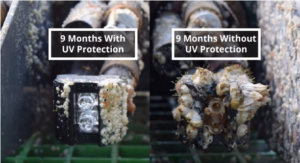
Read More:
UV Biofouling Control Datasheet
Key Features
Up to 25-hour mission duration
Speeds up to 4.2 knots
Increased module payload capacity
Search and recovery
Hydrography
Deep sea mineral exploration
Marine & Fisheries research
Product Enquiry
Related products
Mooring Systems, Inc. manufactures spherical shaped subsurface buoyancy for ADCP buoy applications with integral stainless steel instrument mounting frames, or with single strength members for use as primary or back-up...
Read moreDeepwater Buoyancy Acoustic Release Buoyancy
DeepWater Buoyancy’s Acoustic Release Buoyancy Collars allow for long-term deployment of acoustic release instruments to depths as great as 6000 meters. Designs provide for single acoustic release systems or, for...
Read moreEmergency Relocation Transponder for Diving Bells
Commercial diving companies operating in an area that requires their diving bell to meet offshore standard DNV-OS-E402, must have an emergency locating system that meets section 305 of that standard.
Read moreRelated Articles
Beyond the Surface: ArtemisSAR Enhances Diver Safety in Hostile Waters
How Sonar Technology is Transforming Search and Rescue Operations In the Northern Territory, just off the coast of Darwin, sits the BlueZone team in a small aluminum boat. Infamous...
Read MoreKraken Robotics release KATFISH Autonomous Launch and Recovery System
Smooth and Safe Operations without Human Intervention Kraken Robotics (Canada) endeavour to drive innovation beneath the surface. Striving to improve the safety and effectiveness of launch and recovery operations...
Read MoreNext-Generation Water Monitoring with ARES Optical Sensors
Precision, performance, and flexibility—now available exclusively in Australia through BlueZone Group With a powerful new tool at their fingertips, environmental professionals and marine researchers can take water monitoring to...
Read More
